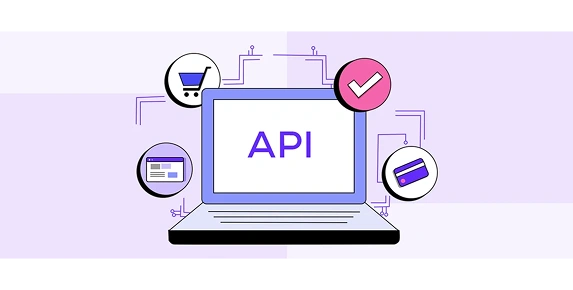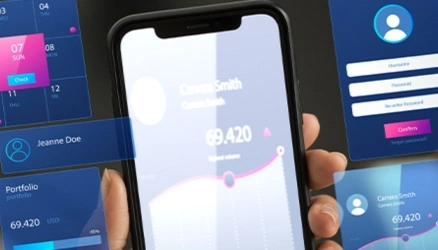By: Nilesh Jain
|
Published on: June 11, 2025
When a mobile app first launches, it’s easy to focus only on getting users in the door. But what happens when those users start arriving in the hundreds of thousands or millions? That’s when mobile app scalability becomes the real differentiator between apps that survive and those that crash under pressure.
At Vervali, we’ve helped companies globally prepare their mobile apps to scale with confidence. Whether you're building an on-demand service, fintech app, or a hyperlocal eCommerce platform, scalability should be baked into your app architecture from day one.
Why Scalability Matters Before You Hit the Growth Curve
Scaling isn’t just about handling more users. It’s about ensuring your app remains fast, secure, and reliable when the traffic multiplies. A slow-loading screen or a crash during checkout can instantly drive users away, and fixing it after the fact is costlier than planning for it early.
Let’s break it down. A scalable mobile app architecture means your infrastructure, codebase, and backend are prepared to handle:
-
A growing user base
-
Spikes in real-time traffic
-
Higher data loads
-
Integration with third-party services
-
Future feature rollouts without reengineering the app
That’s why companies that want to dominate their category in the fast-growing digital economy start planning for scale early.
Key App Scaling Strategies for High-Traffic Growth
Here are proven strategies to scale your mobile app to millions of users:
1. Use Scalable Mobile App Architecture
Start with a modular architecture like microservices instead of a monolithic codebase. Microservices allow you to scale individual components, like payment processing or user profiles, without redeploying the entire app.
We often recommend cloud-native tools like Kubernetes or Docker for containerization, making it easier to manage and deploy services independently.
2. Build a Cloud Infrastructure Designed for Scale
Cloud platforms like AWS, Azure, or Google Cloud give you the flexibility to auto-scale based on usage. But it’s not just about “going cloud.” It’s about smart resource planning.
A well-structured cloud infrastructure for mobile apps ensures:
-
You don’t overpay during low-traffic hours
-
Auto-scaling works without latency
-
Failover systems are in place to avoid outages
Need help setting this up? Talk to our cloud architects for an infrastructure audit.
3. Mobile Backend Scalability
The backend often becomes the bottleneck in scaling. Using a BaaS (Backend-as-a-Service) like Firebase works for MVPs, but mature apps often need a more robust solution.
We help businesses migrate to scalable backends using Node.js, Golang, or Python, paired with scalable databases like MongoDB, PostgreSQL, or DynamoDB, depending on workload type.
4. Optimize Mobile App Performance
Performance tuning isn’t just a one-time task. You need to:
-
Use caching (Redis, Memcached)
-
Minimize API response times
-
Compress images and assets
-
Reduce app size using lazy loading techniques
If you’re noticing increased load times, it’s time to revisit your app’s performance optimization roadmap.
5. Use Load Balancing for Traffic Management
Load balancers are your first line of defense against high traffic. They distribute incoming requests across multiple servers to prevent any single point from crashing.
We often configure NGINX, HAProxy, or cloud-native load balancers for clients scaling up their mobile apps in regions like the UAE, where peak usage can vary drastically.
How to Prepare for Scale: A Readiness Checklist
Before trying to scale your mobile app, here are a few checkpoints:
-
Is your codebase modular and maintainable?
-
Are you using scalable cloud services?
-
Is your backend ready to scale vertically and horizontally?
-
Do you have automated monitoring and alerting?
-
Have you load tested your application under simulated high traffic?
If you answered "no" to even one of these, your app may struggle under heavy user load.












































































